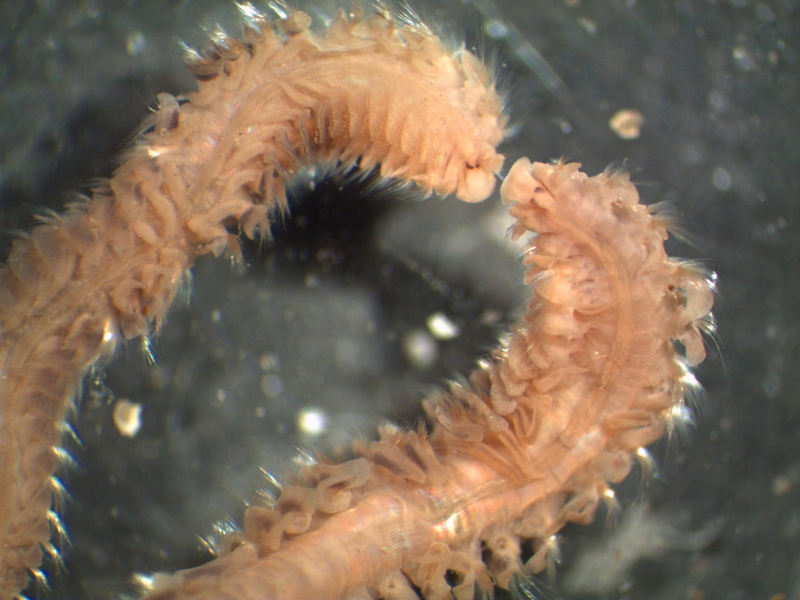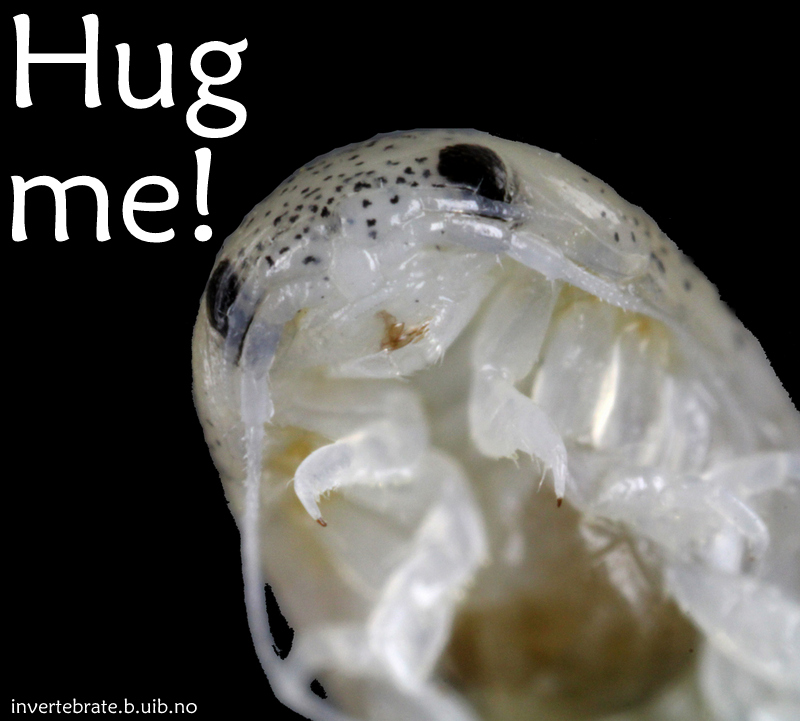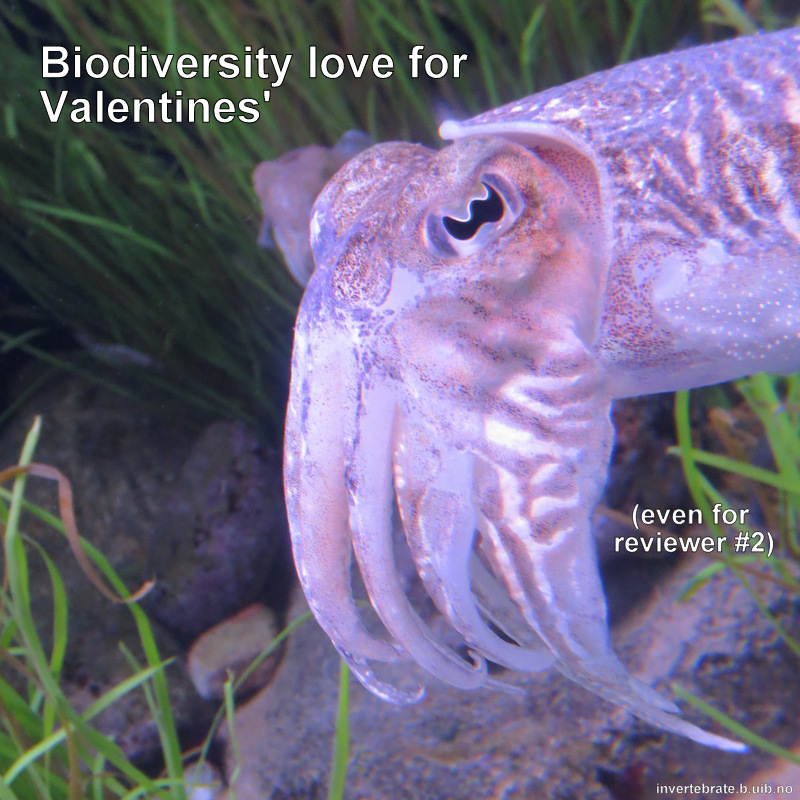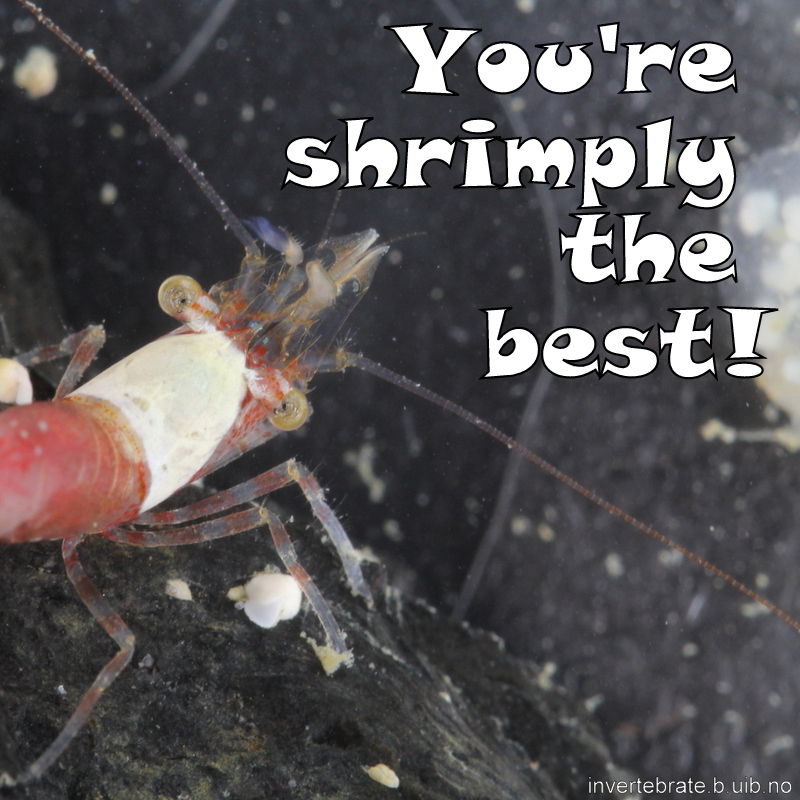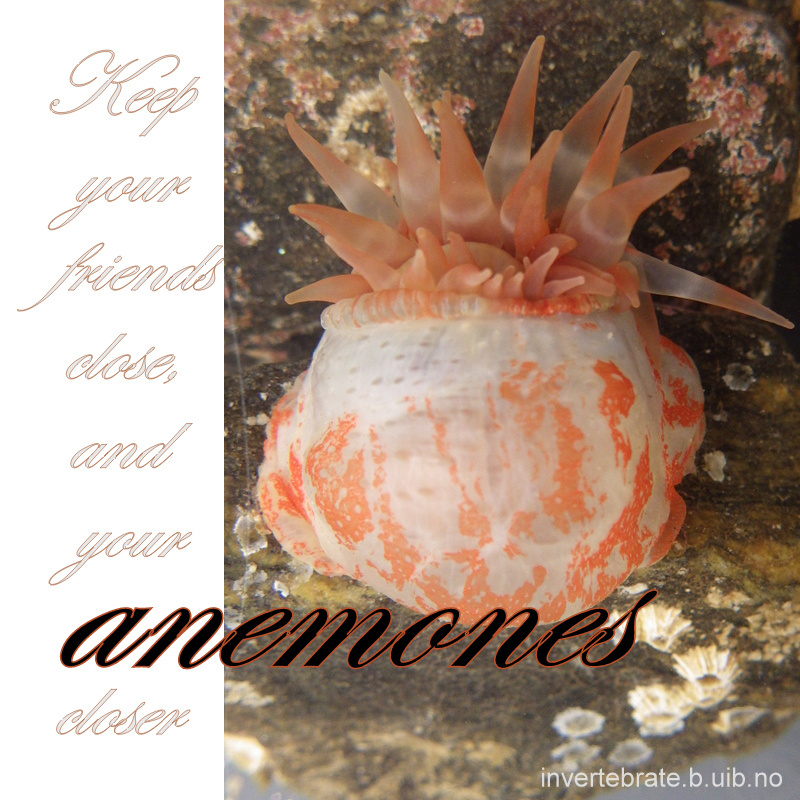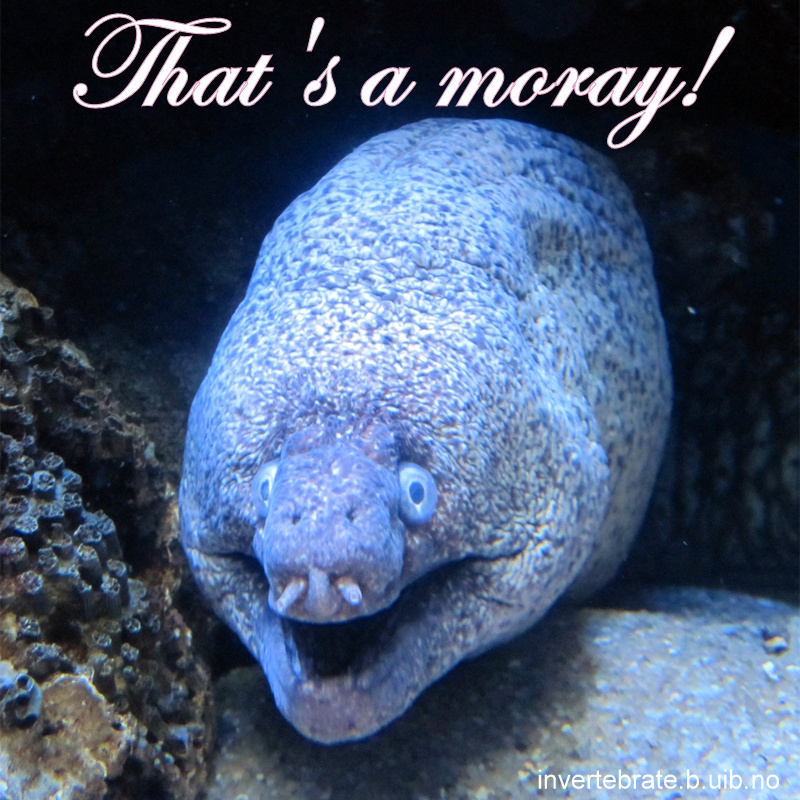
This gorgeous polychaete (bristle worm) is from the family Serpulidae, it was identified as a Pomatoceros triquetes during the students’ course in marine faunistics (Photo: K.Kongshavn)
Release the Kraken!
Oh, dear… this challenge:
Please share your love of biodiversity this Valentine’s Day with the hashtag #bdvalentine.
Have fun and help raise awareness of biodiversity and conservation!
We’ll be on Twitter and Facebook celebrating all day on Friday, February 12th with “Biodiversity Valentines.” Tweet your best biodiversity-themed Valentine message with the hashtag #bdvalentine. You can borrow from our growing Facebook gallery of #bdvalentine images here: https://goo.gl/dZkQdS .
Get your creative juices flowing (and your creative and communications folks brainstorming)! We’ll retweet and create a gallery of your images all day on Friday, February 12th.
At JRS, we’re working to increase the use of biodiversity data and information services for conservation and sustainable development in Africa. We love biodiversity data. Join in with your #bdvalentine!
ticked into our in-box from the JRS Biodiversity Foundation a couple of days ago, and we decided to give it a spin.
Now, biologists seem to gravitate towards punny (and occasionally funny) humour, and there’s been an avalanche of submissions and suggestions on what we could post.
Here’s a selection of submissions from the Invertebrate collections, we hope you’ll enjoy them!

This little Cephalopod was collected by MAREANO. (Photo: K.Kongshavn)

This cuttlefish was encountered in an Aquarium, and thus does not reside in our collections! They belong to the class Cephalopoda, which also includes squid, octopodes, and nautiluses. Cuttlefish have a unique internal shell, the cuttlebone. Despite their name, cuttlefish are not fish but molluscs. (Photo: K.Kongshavn)
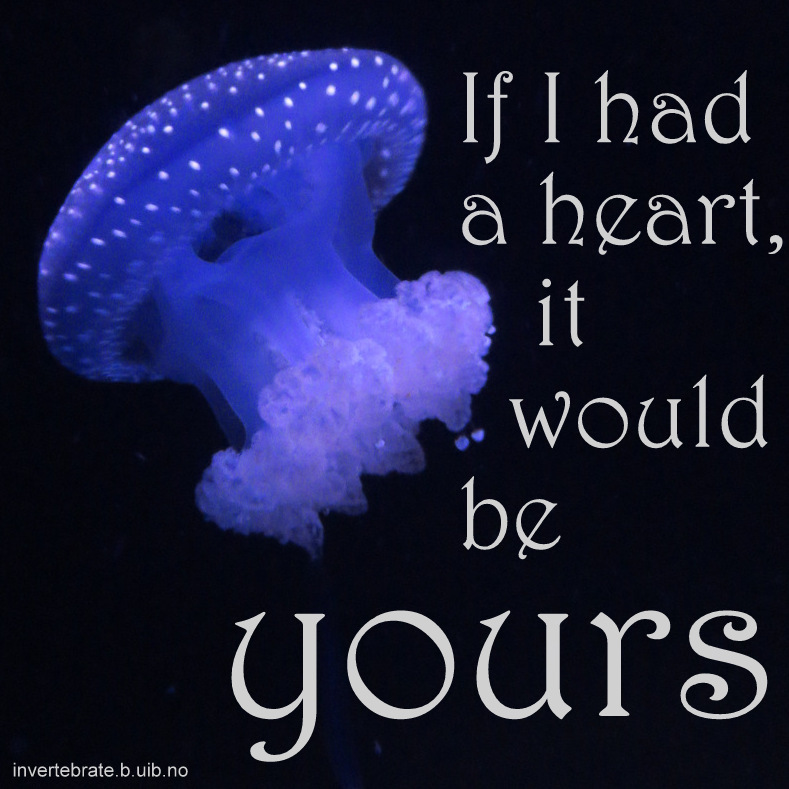
Not a local species! Jelly fish do not have a independent circulatory system, nor do they have structured organ systems, brain, or breathing apparatus.
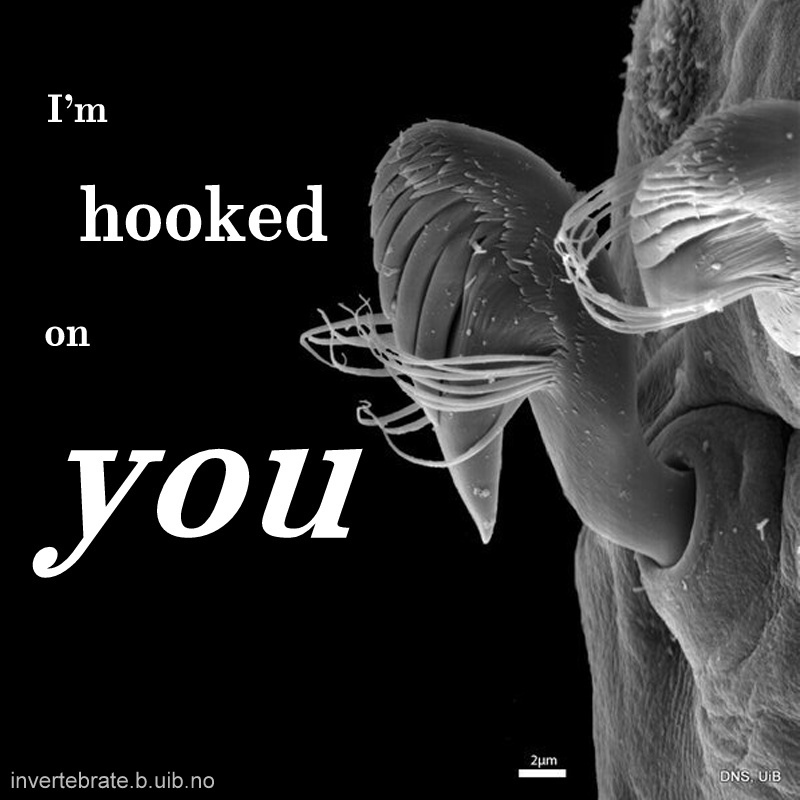
Uncini bristles from a Euclymene (Maldanidae) polychaete. The picture is taken with an Scanning Electron Microscope (SEM) at our local SEM lab. The scale bar is 2 µm, or 0.002 mm, so these are truly TINY structures.
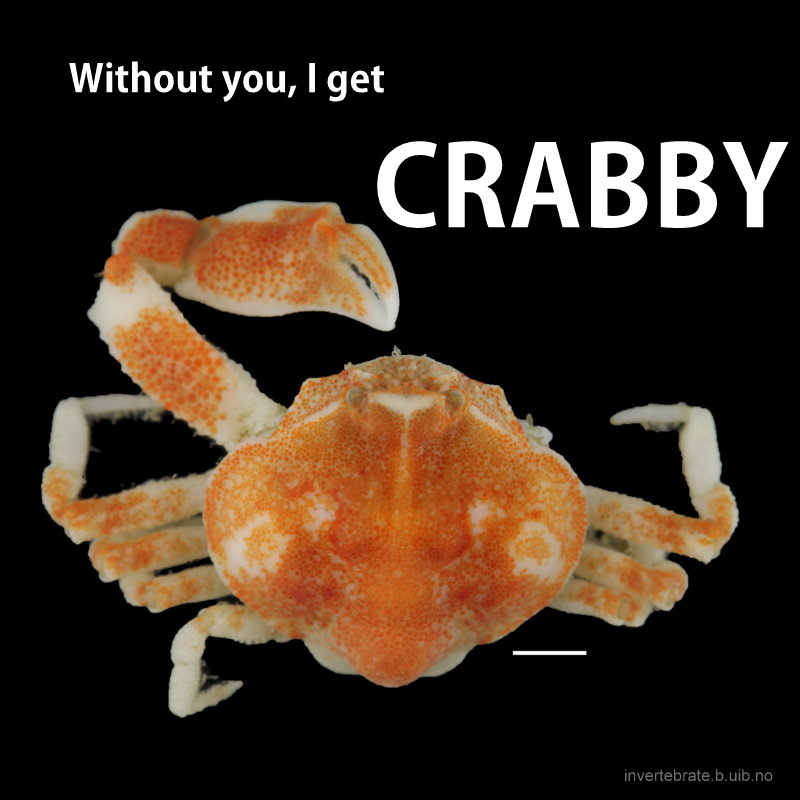
Here’s an Ebalia sp. that we have barcoded through NorBOL.

A Crossaster papposus collected for NorBOL together with the local student dive club SUB (Photo: K.Kongshavn)
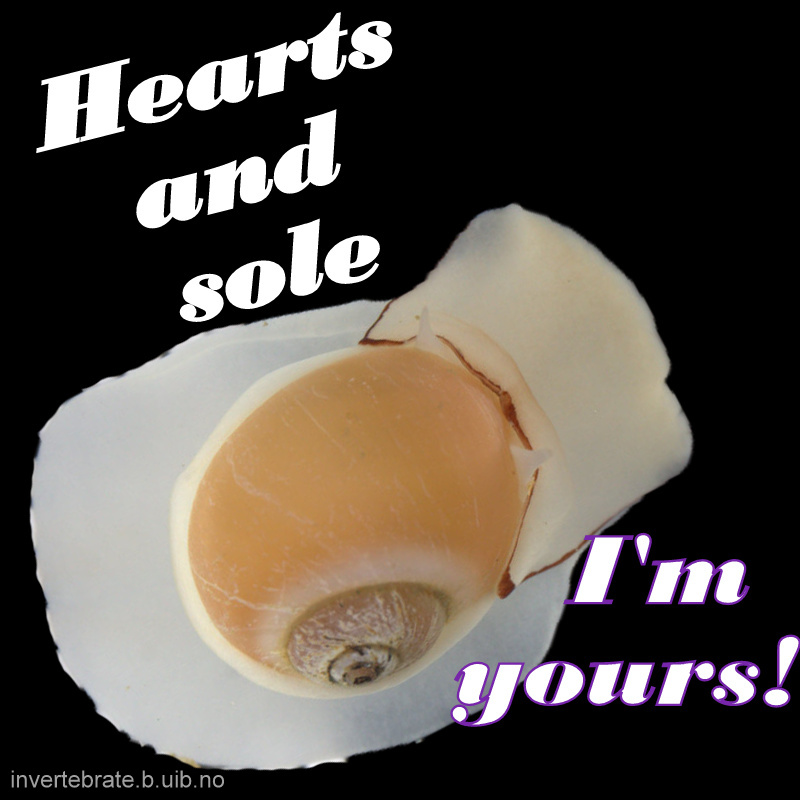
A marine snail in the family Naticidae, also known as moon snails or necklace shells. These snails are predators, mainly feeding on Bivalves (Photo: K.Kongshavn)
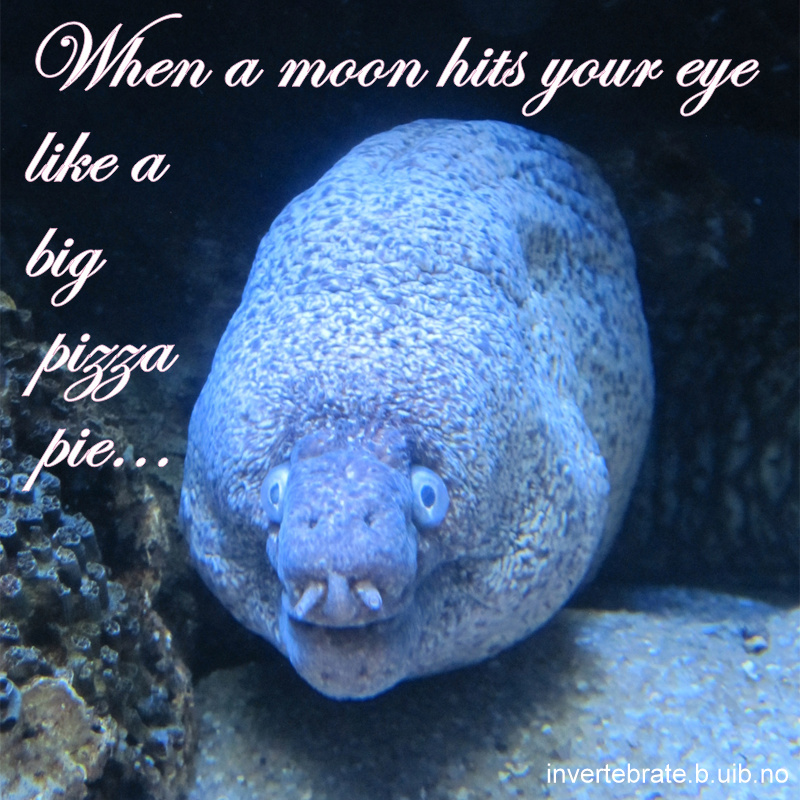
Look at that face! We could not resist including him(?), even though it’s a vertebrate (Photo: K.Kongshavn)
Well, we sure had fun – we hope you did too!
Make sure to check out other contributions to the hashtag #bdvalentine on Twitter and Facebook.

